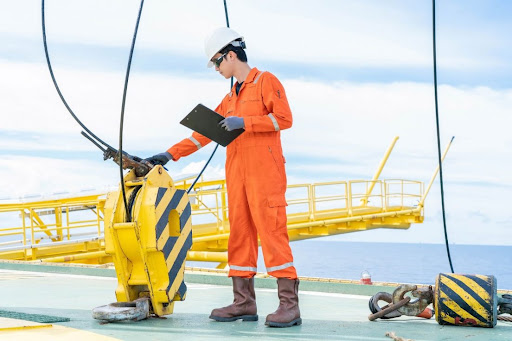

Q: What directs the type of inspection a crane is subject to?
Integrity Crane and Hoist: OSHA Standard 1910.179. This is essentially a section that details everything related to safety for gantry and overhead cranes. The purpose of this in-depth catalog is to ensure workplace safety. Unfortunately, it’s full of legalese and can be complicated for the average person to understand.
Q: Can you break it down for us?
Integrity Crane and Hoist: Essentially, OSHA requires that overhead crane inspections take place routinely. These might be daily, monthly, or yearly. These inspections may be visual or hands-on and look for everything from broken parts to worn wheels to frayed wire rope. OSHA will also perform an inspection to ensure that equipment is being operated safely and by qualified individuals. There are some subtle differences in the inspection process depending on how the crane is used and in what type of environment.
Q: What is the difference between a frequent inspection and a periodic inspection?
Integrity Crane and Hoist: Frequent inspections may take place as often as daily. Periodic inspections, which dive deeper into the working components of the overhead crane, occur twice each month, once per quarter, or annually. It’s worth noting that crane preventative maintenance can help eliminate issues that may come up with either type of inspection.
Q: How can a business guarantee it will pass OSHA inspections?
Integrity Crane and Hoist: There is no way to 100% guarantee that every inspection will go off without a hitch. However, crane preventative maintenance and routine service will go a long way toward keeping you compliant. It can also help to understand what OSHA is looking for and where its priorities lie. Ultimately, anything to do with your crane system that can put your employees in danger should be your number one concern during maintenance and inspections.
OSHA Standards are extremely technical and complicated. However, a certified overhead crane inspector will have a full comprehension of all rules and regulations. Integrity Crane and Hoist offers OSHA inspections, preventative maintenance programs, and a host of other services that can ensure that your OSHA/ASME inspections are as smooth as possible.